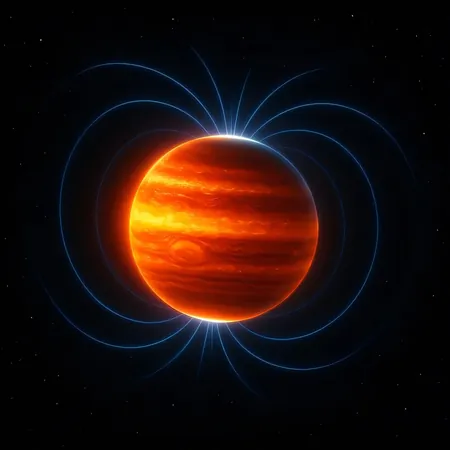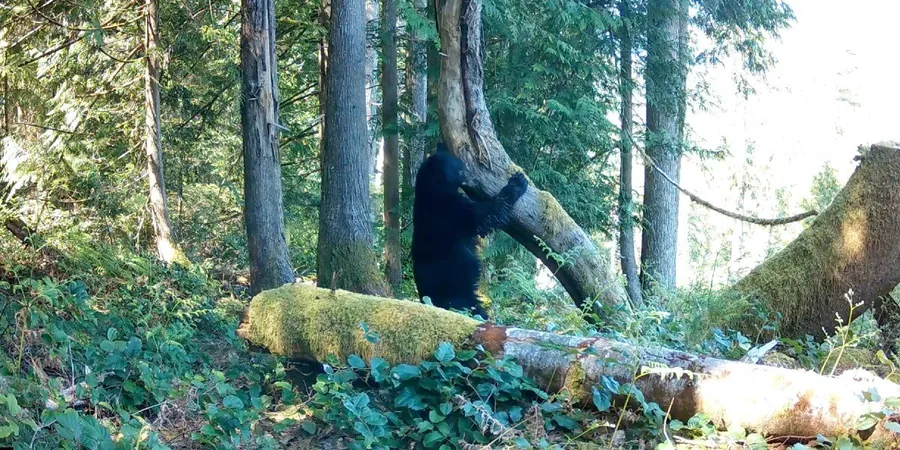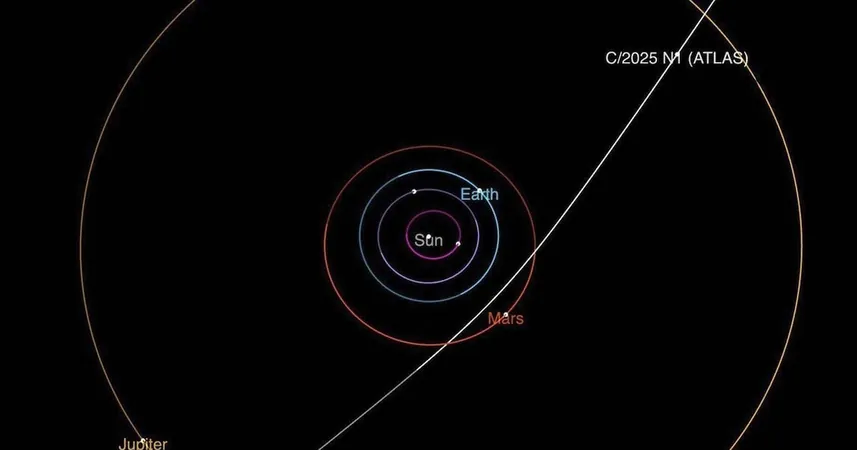
Unveiling Jupiter's Secrets: Once Twice the Size with a Magnetic Powerhouse!
2025-05-20
Author: Jacques
What Did Jupiter Look Like 4.5 Billion Years Ago?
Imagine a colossal Jupiter, once towering at nearly double its current size, pulsating with a magnetic field 50 times stronger than today! A groundbreaking study published in Nature Astronomy reveals this incredible past of our solar system's giant.
The Architects of Our Solar System's Formation
Jupiter, often referred to as the "architect" of our solar system, played a vital role in molding the orbital paths of adjacent planets. Understanding its early evolution not only sheds light on Jupiter itself but also on how our entire solar system came to be.
The Revelation by Experts
The research team, including Konstantin Batygin from Caltech and Fred C. Adams from the University of Michigan, delved deep into Jupiter's primordial state. Their study was inspired by the peculiar orbits of Jupiter's tiny moons, Amalthea and Thebe, which led to astonishing revelations about the gas giant's early size.
Calculating Jupiter's Massive Presence
By analyzing the slight orbital quirks of these moons, the researchers concluded that Jupiter once boasted a radius of approximately twice what it is now and a volume capable of housing over 2,000 Earths!
A Cosmic Snapshot from the Past
Batygin articulated the ultimate mission of their research: "By understanding the early phases of planet formation, we can begin to unscramble the intricate history of not just Jupiter, but our entire solar system." The team uniquely circumvented the usual uncertainties hampering planetary formation models by relying on precise measurements rather than assumptions.
Why Does This Matter?
The findings emphasize the remarkable clues that have persisted through 4.5 billion years, allowing scientists to reconstruct the dynamic physical state of Jupiter at a critical transitional point in its history. Their analysis also reinforces current theories of planet formation, which posit that giant planets like Jupiter accrued gas around a rocky core.
Paving the Way for Future Discoveries
This study not only adds vital details but also builds on the foundation established by decades of research, offering clearer insights into Jupiter's original size, spin rate, and magnetic characteristics during a pivotal time that shaped our solar system.
An Exciting Future in Astronomy!
As scientists continue to unveil the mysteries of the solar system's past, each discovery brings us one step closer to understanding the grand narrative of cosmic evolution. Stay tuned, as this unfolding saga of our solar system reveals ever more astounding secrets!









 Brasil (PT)
Brasil (PT)
 Canada (EN)
Canada (EN)
 Chile (ES)
Chile (ES)
 Česko (CS)
Česko (CS)
 대한민국 (KO)
대한민국 (KO)
 España (ES)
España (ES)
 France (FR)
France (FR)
 Hong Kong (EN)
Hong Kong (EN)
 Italia (IT)
Italia (IT)
 日本 (JA)
日本 (JA)
 Magyarország (HU)
Magyarország (HU)
 Norge (NO)
Norge (NO)
 Polska (PL)
Polska (PL)
 Schweiz (DE)
Schweiz (DE)
 Singapore (EN)
Singapore (EN)
 Sverige (SV)
Sverige (SV)
 Suomi (FI)
Suomi (FI)
 Türkiye (TR)
Türkiye (TR)
 الإمارات العربية المتحدة (AR)
الإمارات العربية المتحدة (AR)